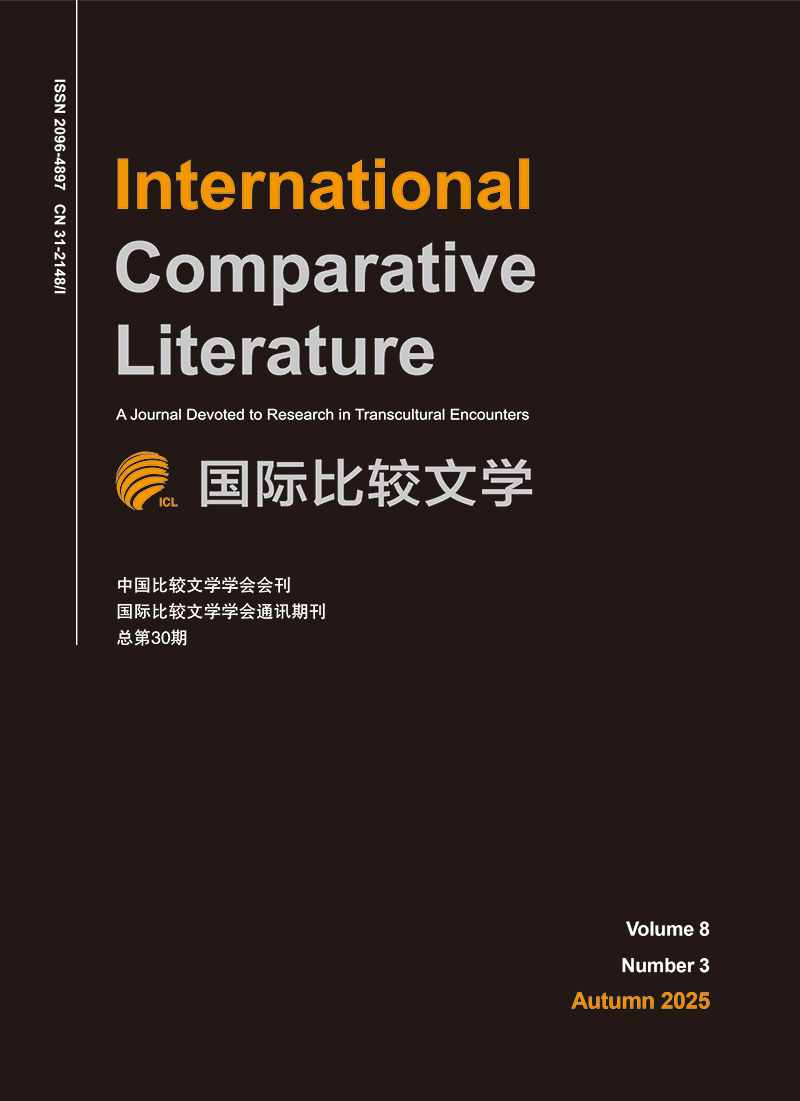摘要:
卡夫卡虚构的讽喻和寓言为什么有挥之不去的强烈现实感?本文作者认为,卡夫卡味儿(the Kafkaesque)不是负面情绪的释放那么简单,而是卡夫卡对自由的强烈渴望、对不自由状况的深刻认识以及他独特的文学游戏形成的“负面能力”(negative capability),因而值得进一步的分析探讨。卡夫卡作品中强烈的压抑感,讽喻地指向一种父权/威权的秩序或体系,就其生成逻辑而言,属于“逻格斯中心主义”(logocentrism)的结构。其社会象征秩序形成权力的“中心”和“边缘”的二元对立,并遵循荒谬的罪与罚之法,形成两极之间各色人物特殊的生存和心理状态;用后殖民研究的术语,可称之为“内部殖民主义”(internal colonialism)。卡夫卡以反讽和悖论呈现绝对权力,比如:卡夫卡以死亡象征绝对权力,但濒死的权力依然有足够力量扼杀上升的生命;此种体系的官僚运作远不止于繁文缛节,而是将残忍和荒谬变成天经地义;它引起的恐惧以封闭空间再现,既狭小又无限大。笔者汲取莎士比亚、本雅明(Walter Benjamin)、桑塔亚纳(George Santayana)、济慈(John Keats)、什克洛夫斯基(Victor Shklovsky)的智慧,以卡夫卡若干中短篇为例,深入讨论卡夫卡味儿如何根植于他的美学判断。卡夫卡作品的“美感”是一股潜于无形的善念,亦即对自由的渴望和执着;卡夫卡修辞的魅力之一,是他能将梦魇雕刻为一个个本雅明称之为“形姿”(gestus,gesture)的片刻,形成反讽、悖论、模糊等修辞效果的相反命题并存,为文本解读提供认真思辨的游戏空间。
Abstract:
Why do Kafka's fictionalized allegories and parables carry such an intense and pervasive sense of reality? The author of this article suggests that the Kafkaesque is not as simple as the release of negative emotions, but is a "negative capability" resulting from Kakfa's strong desire for freedom, his insightful understanding of conditions of unfreedom, and his unique literary style of freeplay, which deserves further analysis and discussion. The overwhelming sense of depression and oppression allegorically points to a patriarchal and authoritarian order or system, which, in terms of its generative logic, is the structure of "logocentrism," where the socio-symbolic order forms a binary opposition of "center" and "margin," following absurd laws of crime and punishment, and conditioning various existential and psychological states of the characters between the two poles. In postcolonial terms, this can be described as "internal colonialism." The representation of absolute power in Kafka's works is full of irony and paradox. For example, Kafka symbolizes absolute power in the image of death, but the force on the verge of death is still strong enough to strangle life on the rise. Bureaucracy in this system goes beyond red tape, and cloaks sheer absurdity as reason and law; the fear triggered is represented as a closed space that is paradoxically narrow and infinitely large. Drawing from the wisdom of Shakespeare, Walter Benjamin, George Santayana, John Keats, and Victor Shklovsky, and citing several of Kafka's fictional texts as examples, this article further discusses how the Kafkaesque is rooted in Kafka's aesthetic judgement in which the sense of "beauty" or "pleasure" is a force of good-a persistent desire for freedom-that underlines his works. One of the charms of Kafka's rhetoric is his ability to sculpt nightmares into moments that Benjamin calls "gestus," or gestures, which produce effects of irony, paradox, and ambiguity in the coexistence of opposed themes, creating room for both playful and serious interpretations.

 点击查看大图
点击查看大图



 下载:
下载:

